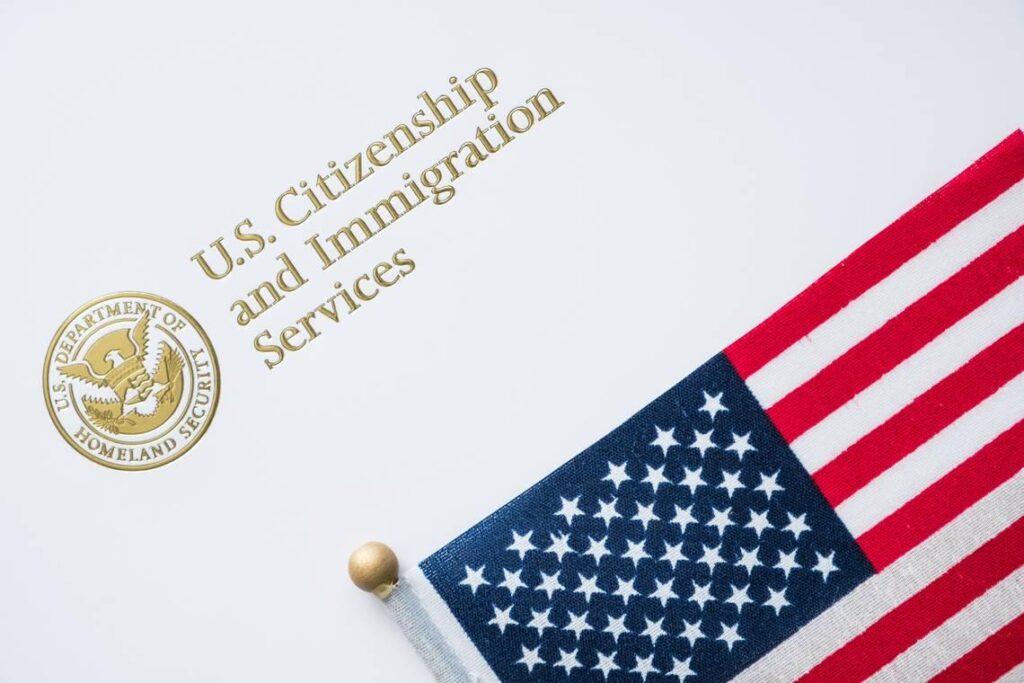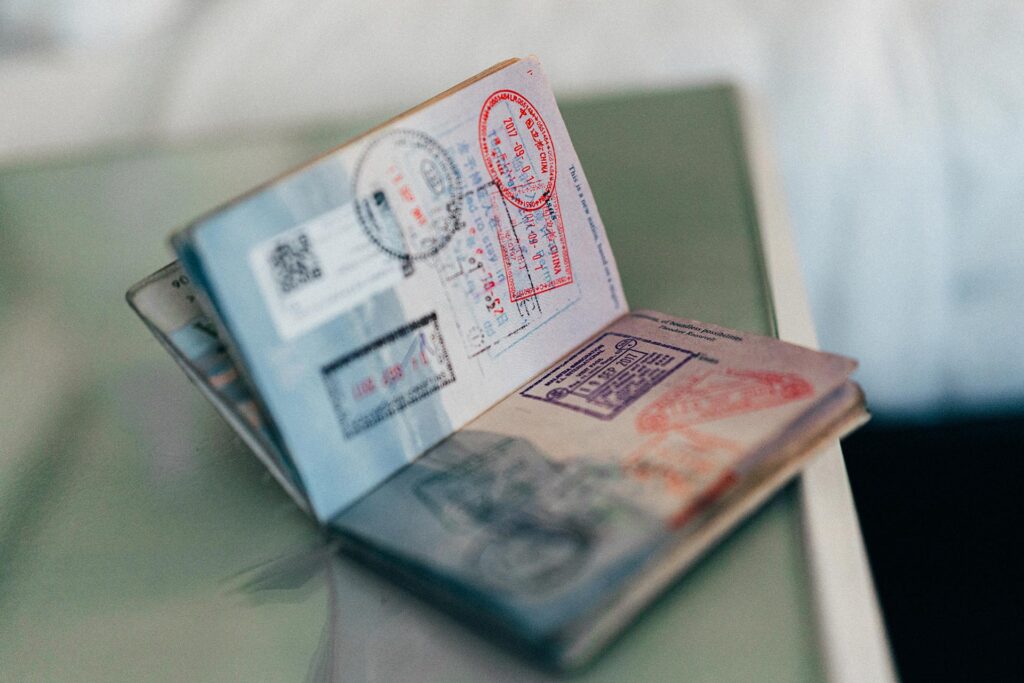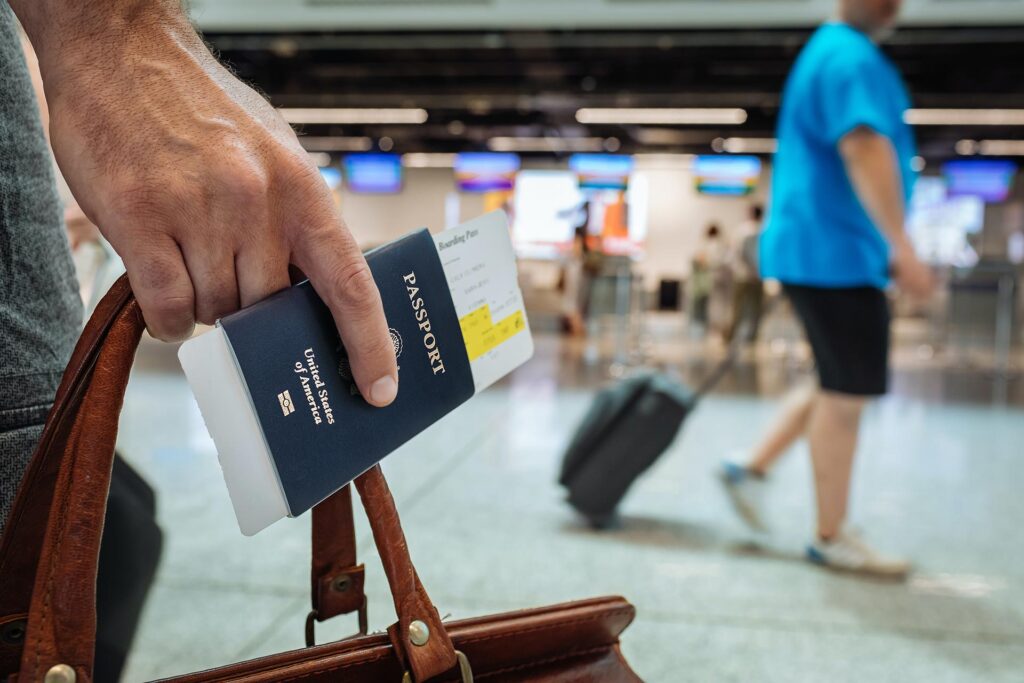L-1 Visas
Multinational Executive or Manger of a Company

There are two “flavors” of the L-1 Visa. The L-1A and the L-1B. The L-1A for executive and managerial transferees and L-1B for employees with specialized knowledge. L-1A visas are issued initially for one year for a new company in the U.S. or three years for a U.S. company which has been in existence for more than one year. Extensions for L-1A beyond the initial period of stay are available in two-year increments for a total stay not to exceed seven years. Alternatively, L-1B visas are issued initially for three years with the option for one two-year extension, meaning the maximum period of stay is five years. Once an L-1A or L-1B holder has reached their maximum allowable period, they must leave the United States for a minimum of one year and must work for a foreign operation of the U.S. company before they are eligible to reapply for another L-1 visa.
By contrast, an E-1 or E-2 status holder is granted an initial period of stay of up to two years. Extensions of stay can be granted by the USCIS for increments of up to 2 years. There is no limit on how many times an E-2 visa holder can extend their stay, so theoretically they could legally remain in the U.S. on E-1 or E-2 status indefinitely. Extensions are granted as long as the E status holder declares that they will depart the United States when the period of authorized stay (including extensions) terminates.

GENERAL REQUIREMENTS
- The Company and a U.S. entity have a qualified relationship. There are a number of ways to create the requisite relationship: The Company may (1) open a branch office in the U.S., (2) incorporate a subsidiary in the U.S., or (3) enter into a qualified joint venture in the U.S; the foreign Company must “control” the US company, which typically requires it owns at least 51% of the stock of the U.S. entity.
- Within the three years preceding the petition, the prospective transferee must have worked continuously for the parent foreign employer for atleast one year in either an executive, managerial or specialized knowledge employee capacity.
- The employee intends to enter the U.S. to work for the affiliated U.S. Company in either an executive, managerial or specialized knowledge capacity. This means that the person must manage or direct other employees within the company structure, or have specialized knowledge as an employee (L-1B), and the US Company must be ready to hire such employees on its payroll. Note that this last part (L-1B) can be difficult to prove and is subject to challenge by the USCIS.
- The U.S. entity (company) typically must employ at least 2 people and manager (who are allowed to work here).
- The employee is qualified to assume the executive, managerial or specialized knowledge capacity position in the U.S.
The foreign company must continue to conduct business while the transferee is in the US(at least until permanent residency is secured).
AUTHORIZED LENGTH OF STAY AND NEW OFFICE REQUIREMENTS


OTHER RELATED REQUIREMENTS AND ISSUES
BENEFIT OF AN L-1 – CONVERTION TO PERMANENT RESIDENCY
SPOUSE AND CHILDREN OF BENEFICIARY EMPLOYEE
L-1A vs. L-1B Visa Requirements
L-1A: Managers and Executives
Assuming the applicant is coming to the U.S. as a manager or executive to open or to be employed in a new office in the U.S., the petitioner must submit the following evidence:
- Sufficient physical premises to house the new office have been secured (this can be, at least initially, anexecutive office suite);
- The business entity in the U.S. is or will be a qualifying organization; and
- The petitioner has the financial ability to remunerate the beneficiary and to commence doing business in the U.S.
WHICH IS RIGHT FOR ME?

